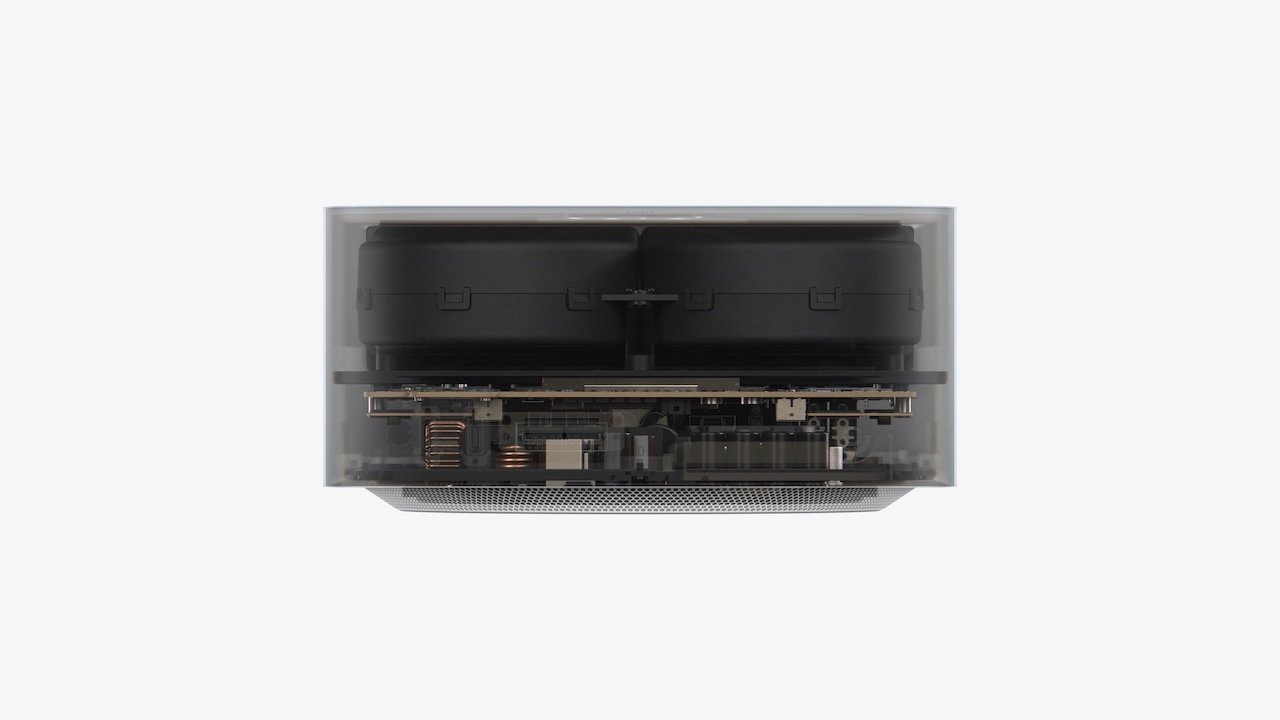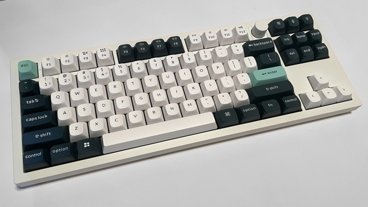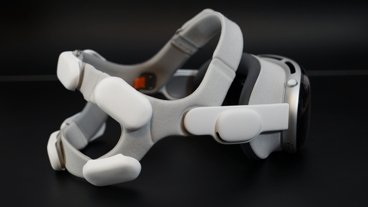The Mac Studio with an M1 Ultra chip is nearly two pounds heavier than the one with an M1 Max because of thermal differences between the two variants.
After the Mac Studio debuted on Tuesday, some people vocally wondered by the M1 Ultra version was heavier by about a full kilogram, or around two pounds. The M1 Max model weights 5.9 pounds, while the M1 Ultra version weighs in at 7.9 pounds.
While the M1 Ultra is basically two M1 Max chips stitched together, that wouldn't explain such a difference in weight. The Verge reached out to Apple and got an answer.
According to Apple, both versions of the Mac Studio use the same 370W power supply. The additional weight on the M1 Ultra version is because of a "larger copper thermal module." The M1 Max Mac Studio, on the other hand, has an aluminum heatsink instead.
In general, copper is a better heatsink material of its density than aluminum. While aluminum has about 30% the density of copper, aluminum also has about 60% of the conductivity that copper does given the same basic construction of the heat sink.
Aluminum is significantly less expensive than copper, though. For the same mass, copper costs about three times as much.
The response from Apple also revealed that the M1 Ultra version of the Mac Studio uses the same power supply as the lower-tier variant.
 Mike Peterson
Mike Peterson









 Wesley Hilliard
Wesley Hilliard
 Marko Zivkovic
Marko Zivkovic

 Malcolm Owen
Malcolm Owen

 Amber Neely
Amber Neely











14 Comments
Given the large price difference between M1 Max and M1 Ultra, this makes sense.
Why does this need 370W power supply if its peak performance can be achieved at 100W?